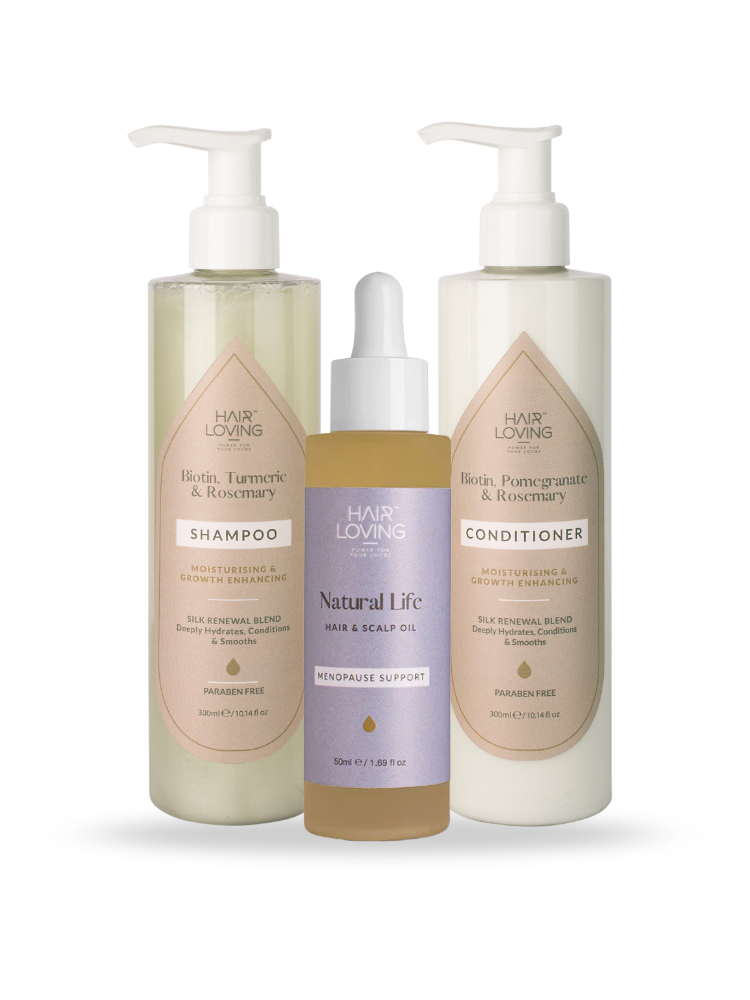It's always rewarding for us when customers reach out and take the time to provide feedback. That’s something we really value. For starters, your insights help our team at Hair Loving not only to improve products and services but also to make certain that all of you receive the best customer experience. Most importantly, along with ensuring that our nourishing oils meet with your requirements, we also get the opportunity to understand and respond to your hair concerns.
The burning question
So let's jump right in with one of the most frequent questions asked by our clients – “Are Hair Loving oils truly that different, and do they work on all types of hair?” Happily, the answer is “yes they do” but, before we let you know what makes them so special, let's learn a little more about hair types.
Let me guess...
You probably think you already know what kind of hair you have, but get this: hair actually comes in twelve different types, divided between four main categories – straight, wavy, curly and coily. We won't go into all the sub-categories in detail right now but just imagine … there's more to your hair than meets the eye:
- Straight hair is, on the whole, polished and lustrous. This is because straight follicles allow natural oils to circulate more easily up and down your strands from root to tip. Your hair is either super straight (type 1A), straight and flat with some volume (type 1B) or thick, coarse and frizzy (type 1C).
- Wavy hair has follicles that form an 'S' and is more pliable than curly or coily hair. It can be fine, coarse, or somewhere in-between like a 'barely there wave' (type 2A) whereas type 2B waves are significantly thicker, with hair flat at the crown and S-shaped waves close to the head. If you have well-defined waves that are thick and wiry (type 2C), you will notice that the wave starts at the roots and has plenty of volume.
- Curly hair is naturally voluminous, tighter, and it often forms an 'S' shape too (type 3A), whereas curls that are typically coarse and dense (type 3B) tend to look more like corkscrews than spirals. Then, of course, there is coily-curly (type 4) that has more defined ringlets than curly hair and gives you a fuller head of hair.
- Coily hair has curls that are considerably tighter than curly hair and have a distinct shape (type 4A). Hair that has coils which are more Z-shaped than S-shaped (type 4B) is tight yet generally less defined than other variations. Meanwhile, type 4C coils are less distinct, yet are dense and have a great deal of volume. These are usually fragile and prone to breakage.
Knowing more about your hair type, its condition and its needs can go a long way towards helping you understand which Hair Loving Oils work best for you. That's right and remember, Hair Loving is a tried and tested natural hair-care system that contains carefully chosen plant extracts and botanicals to use throughout all stages of your whole life. So, are they really different? You bet!
Think we're exaggerating?
There's a natural oil for all hair types, including those of you with dry or damaged hair from over-processing, colouring, heat styling, sun, and pollution, also oils to help tackle excessive hair loss, itchy and dry scalps, and not forgetting menopausal and postpartum hair.
If your hair feels dry to the touch or damaged – perhaps it’s even falling out – and you really want to improve texture or improve growth, your best bet is to sample one of Hair Loving's nourishing oils yourself. You don’t have to just put up with hair that lets you down; do the cool thing, pamper your hair, and see it restored to its crowning glory. We suggest you start with the Hair Growth and Hydration Oil range to help strengthen, soften, smooth and add shine to your hair.





